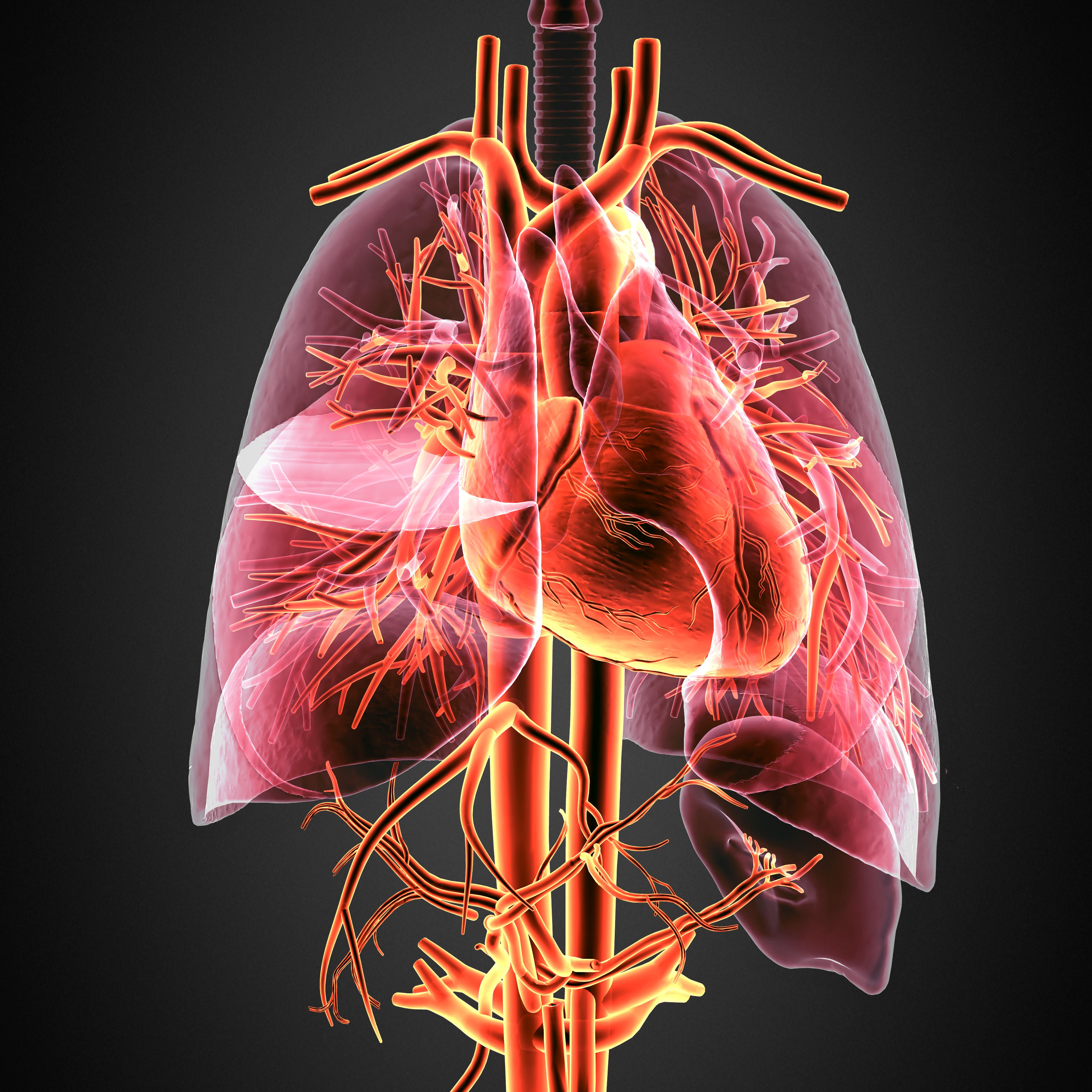Article
Patients, Caregivers Report Burden of Living With Primary Hyperoxaluria
Author(s):
Survey responses revealed the physical and emotional toll of primary hyperoxaluria (PH) on patients and their families,1 while an accompanying paper aimed to identify appropriate end points for clinical trials of treatments.2
Both papers were published in the Clinical Journal of the American Society of Nephrology, and they highlight areas of need for individuals with PH, a rare genetic condition that causes the body to produce excess oxalate, leading to kidney stones, kidney failure, and oxalosis (oxalate accumulation).
Among the 42 survey respondents (17 patients, 25 parents/caregivers), 60% of the patients had PH type 1 (the most severe form), half were 17 years or younger, and 24% had experienced dialysis. Kidney stones were a top concern for patients and parents. The stones commonly occur in childhood in those with PH and can recur unpredictably throughout the lifespan, sometimes requiring surgical procedures.
“My son has had multiple surgical procedures beginning at 6 months old. These procedures were very traumatic both physically and emotionally,” a parent reported.
Another common theme was anxiety around the prospect of kidney failure, which can lead to oxalosis. Dialysis is initiated early in PH, but it is not completely effective in clearing the oxalate load, meaning that patients may require hemodialysis 6 days per week plus peritoneal dialysis daily. Frequent dialysis can be a great burden on caregivers, with some survey respondents describing the lack of sleep they experienced while coordinating their children’s routines.
Oxalosis was a prominent fear among the respondents; systemic oxalosis can be associated with bone fractures, anemia, joint damage, vision impairment, and neuropathy.
“My brother experienced such intense nerve pain that he was unable to wear gloves during the winter. I ordered special gloves made of light but warm material for him. Unfortunately, he died before they were delivered,” a respondent recounted.
Survey respondents also expressed the psychological toll that comes from living with PH and not knowing when kidney failure may occur. The authors noted that missing work for health reasons can cause significant medical and financial burdens.
Due to the many stressors from living with PH, the survey respondents agreed that new therapies to prevent oxalosis and avoid dialysis and transplant are of utmost importance.
In the accompanying article about end points of clinical trials for PH treatments, the authors note that there are no therapies approved by the FDA. The project reported in the study convened a work group of patients, physicians, investigators, industry representatives, and regulators to discuss the clinical outcomes and end points that could be used to evaluate new treatments. They concluded that the strongest candidates were kidney stone occurrence, change in the estimated glomerular filtration rate, urine oxalate, and plasma oxalate.
The article also detailed the advantages and disadvantages of using each potential end point. For instance, kidney stones have a significant impact on quality of life and functioning for patients with PH, but there are varying standards for measurement and longitudinal monitoring of the stones. Conversely, kidney failure is an outcome that is easy to measure, but it may not occur frequently enough in a trial that it could be evaluated as an outcome, depending on the length and sample size of the trial.
The authors noted that their conclusions on the feasibility of each potential are based mainly on patients with PH type 1, who account for most patients with PH. “Small numbers of patients with [PH] type 2 and [PH] type 3 in [PH] registries do not yet provide a similar strength of evidence for these biomarkers in other forms of [PH],” they explained.
References
1. Lawrence JE, Wattenberg DJ. Primary hyperoxaluria: the patient and caregiver perspective. Clin J Am Soc Nephrol. 2020;15(7):909-911. doi:10.2215/CJN.13831119
2. Milliner DS, McGregor TL, Thompson A, et al. End points for clinical trials in primary hyperoxaluria. Clin J Am Soc Nephrol. 2020;15(7):1056-1065. doi:10.2215/CJN.13821119





